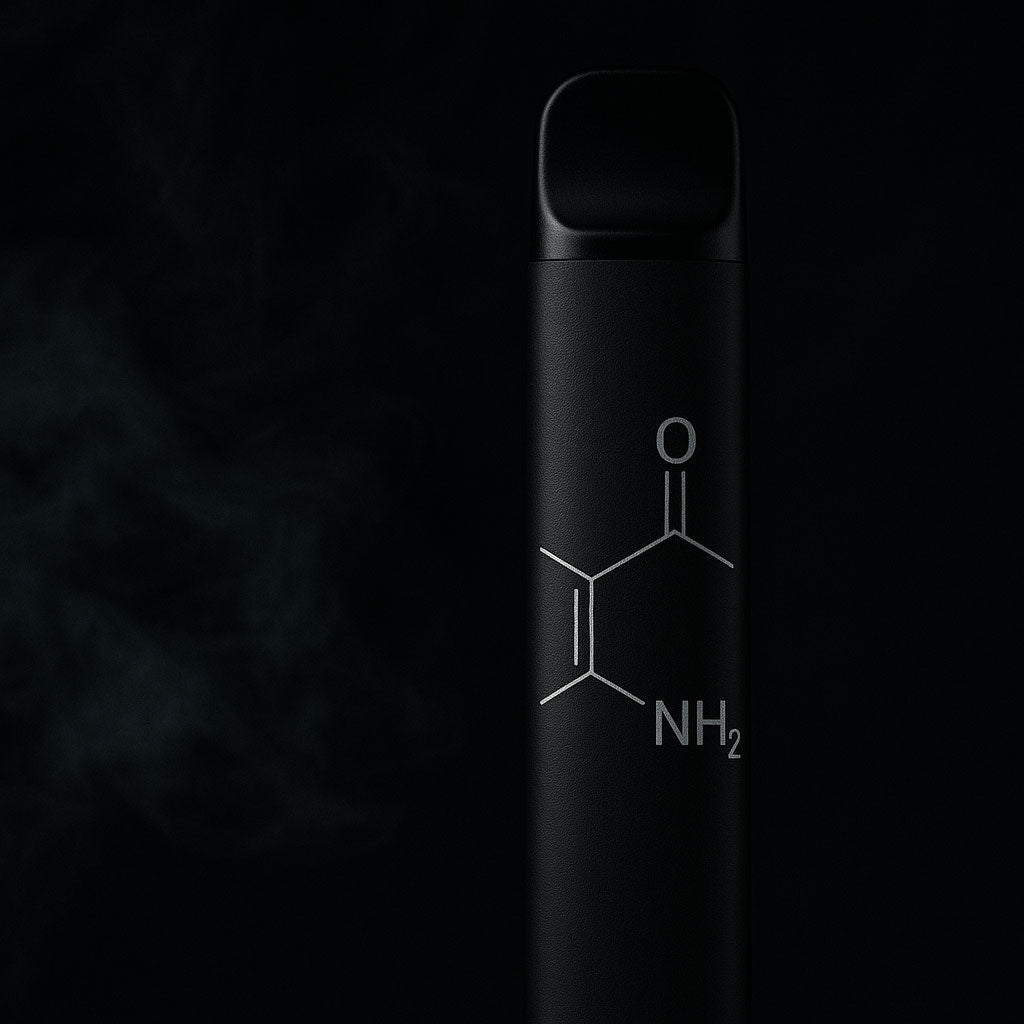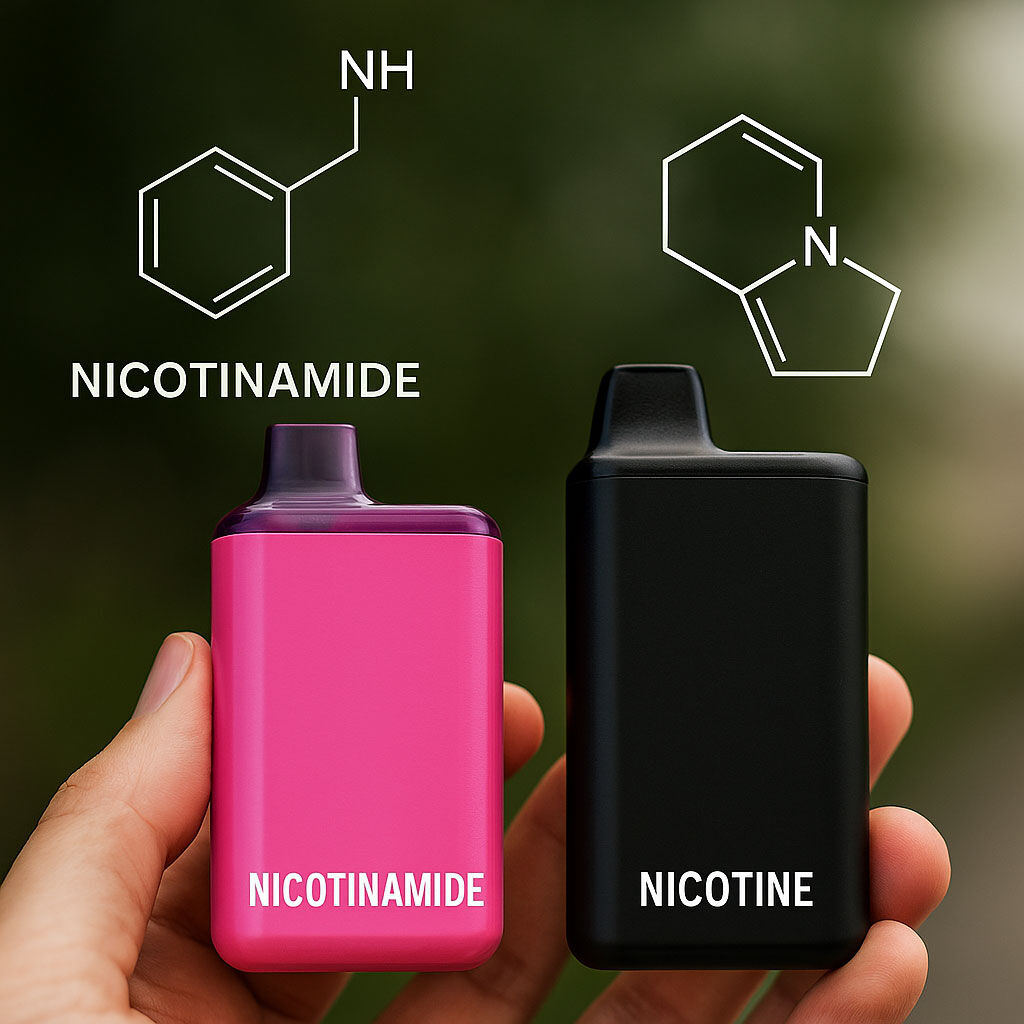Vaping goes beyond the nicotine. The flavor, the smoking cessation, and the devices are all primary components of the vaping community. However, as the awareness around nicotine grows, many users are searching for ways to satiate the addictive properties of nicotine, while not necessarily ingesting nicotine. That search has brought new attention to the nixamide vape substitute, a compound designed to offer the familiar feel of vaping without traditional nicotine.
As conversations about harm reduction and regulation progress, nixamide is finding itself in the spotlight as a potential nicotine alternative. Some see it as a bridge between quitting and continuing; others view it as the next step in vaping innovation. But before making the switch, it's worth understanding what nixamide really is, how it compares to nicotine, and what science - and real users - are saying about its effects.
Why Vapers Are Looking Beyond Nicotine
For many, vaping began as a step away from cigarettes- weaning off nicotine and going towards a smokeless alternative. The idea of switching from cigarettes to a customizable vape at varying levels of nicotine proved to be the most effective alternative. Now decades into the industry, some vapers have forgotten their initial point of switching to vaping.
Identifying the primary source of addiction, nicotine, some vapers have started looking into substituting it with an alternative. That's where options like nixamide come in - offering a familiar feel with a different chemical base.
Recent reporting in The Examination's article "Nicotine-free vapes and pouches promise a buzz without the downsides-health concerns remain" explores how some companies are marketing new vape compounds as nicotine-free while still aiming to produce a "buzz." Scientists cited in that report urge caution, noting that some products may still interact with the body's receptors in ways similar to nicotine.
It's not just new users driving curiosity. Experienced vapers, as noted in Nixamide as a Nicotine Alternative: What Vapers Should Know, are starting to experiment with alternatives like nixamide to see whether they can separate habit from dependence.

What Exactly Is Nixamide?
The science behind nixamide is still new. As explained in What Is Nixamide? A Straight-Talk Guide to a New Nicotine Alternative, nixamide is derived from nicotinamide, better known as vitamin B3. It's blended into a standard vape base - typically vegetable glycerin (VG) and propylene glycol (PG) - and designed to replicate the physical feel of nicotine without its addictive pull.
Nicotine works by binding to nicotinic acetylcholine receptors in the brain, triggering dopamine release. So far, early research shows nicotinamide doesn't appear to interact with those receptors in the same way. This means the nixamide vape substitute may mimic certain aspects of nicotine use - like the throat hit or sensation - but not necessarily the neurological stimulation.
How the Nixamide Vape Substitute Became a Talking Point
Interest in nixamide isn't happening by accident. According to Chemistry World's report "Nicotine analogues emerging in e-cigarettes to evade regulations", new compounds are being developed to replicate nicotine's feel while outside traditional regulatory definitions. As governments tighten restrictions on tobacco-derived and synthetic nicotine, brands are searching for new ways to deliver.
That shift opened the door for nixamide. In Nixamide as a Nicotine Alternative: What Vapers Should Know, nixamide is noted as smoother and lighter, with less throat hit compared to nicotine-based liquids. Others said it felt calming - almost like a softer version of vaping - which aligns with what scientists believe about nicotinamide's role in the body.
Safety and Labeling: What to Look Out For
Whenever new formulas enter the market, questions about safety follow. The Examination's article "Nicotine-free vapes and pouches promise a buzz without the downsides-health concerns remain" reported that several products marketed as "nicotinamide-based" contained unlisted ingredients such as 6-methyl nicotine, a synthetic compound chemically related to nicotine. The discovery raised questions about product transparency and regulatory oversight.
Because nixamide remains new, labeling standards are still inconsistent. If you're exploring nicotine alternatives, it's worth checking for third-party testing, ingredient disclosures, and clear differentiation between "nicotine-free" and "nicotine-analog" formulas.
For anyone looking to lower their nicotine levels safely, How to Stop Vaping on 5% Nicotine breaks down tapering techniques that help users move toward lower strengths without losing the comfort of routine. Nixamide could become part of that process - a bridge between dependence and freedom.

How a Nixamide Vape Substitute Feels in Practice
When people talk about how a nixamide vape substitute feels, what they're really describing is how their body reacts to a different chemical pathway. With nicotine, the reaction is quick. It binds to specific brain receptors known as nicotinic acetylcholine receptors, which trigger the release of dopamine and adrenaline. That's what produces the alertness, focus, and light stimulation many vapers recognize almost instantly.
Nixamide, however, doesn't appear to work through that same system. The compound is related to nicotinamide, a form of vitamin B3 that supports energy metabolism and nerve function in the body. Current research suggests that nicotinamide doesn't activate the same receptors that nicotine does. Instead, it interacts with the body's natural energy cycles through the NAD⁺ pathway, which may explain why some users describe nixamide's sensation as smoother or more stable rather than stimulating.
This doesn't mean nixamide is a weaker or stronger experience-it's simply different. The sensation may lean more toward relaxation than rush, which could appeal to vapers who want to maintain the ritual without the sharp dopamine spike that comes from nicotine. Scientists are still studying whether those differences have measurable effects on satisfaction or craving, but early observations suggest nixamide changes how vaping feels, not necessarily how it functions.
Is Nixamide the Future of Nicotine Alternatives?
The conversation around nixamide represents a larger movement in vaping - one that focuses less on addiction and more on choice. Science hasn't fully confirmed how nixamide interacts with the body, but its emergence signals a growing desire for products that separate the ritual from the chemical hook.
If you're curious, start by comparing your current e-liquid to one containing nixamide and track your cravings, satisfaction, and overall feel. The more you understand how your body responds, the easier it becomes to choose a path that fits your goals - whether that's cutting back, quitting, or simply understanding what's in your vape.




Leave a comment
All comments are moderated before being published.
This site is protected by hCaptcha and the hCaptcha Privacy Policy and Terms of Service apply.